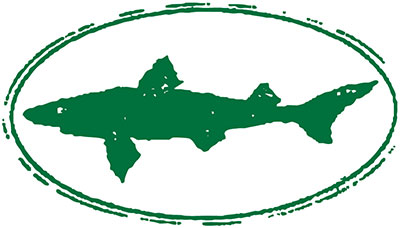Chewing, Spitting, Brewing.
Oh yes. Chicha is coming back. This time Sam went to Peru to collect data and information so we could add some first hand experiential authenticity to the beer.
While Sam was away, we had a Skype meeting so he could share what he learned from his travels and to let me know what needed to be done here to prepare for the brew that was to occur a mere four days later. Sam relayed all of the flavor attributes of his favorite chicha of the trip as well as recipe and process ideas he got from speaking with the people making the drink.
His favorite was the most traditional of the lot which naturally involved the salivation of corn to convert the starch into fermentable sugar. This activity needed to be planned and coordinated here in Delaware. Sam wanted to use more salivated corn than last year when it took 6 people all day to chew through seven pounds of Peruvian blue corn. Now, chicha is traditionally a group effort involving most of the community and what better way to celebrate this tradition than to get the whole Delaware Dogfish family in on the action. Coworkers from the pub and Milton brewery would spend the day before the brew chewing and spitting and working. We got through 35 pounds of blue corn from Peru and 7 pounds of locally sourced yellow corn which would literally and symbolically bring Dogfish together in one glass. Thanks to all who donated saliva and endured the resultant sore jaws! We couldn't have done it without you. (BTW, Milton has sweeter breath than Rehoboth... the proof was in the pails.)
Last year we flavored the chicha with mole berries and strawberries which, as Sam learned in his travels, is not typical of the alcoholic chicha we were aiming for. Those are moreso used in the sweet soft drink type. In speaking with the lady making chicha at his favorite chicharria, he learned that a blend of herbs and spices went in to the version he liked best. This was a blend of mountain fennel, clove, super intense cinnamon sticks, and spearmint. He totally got some and flew back with them and they made their way into ours. The aroma was terrific and is carrying through during fermentation (still fermenting now).
The clarification of traditional chicha is something to behold. Basically, there is a basket and there is hay. Chunky chicha goes on the hay lining the basketand comes out less chunky from the bottom of the basket. So, Sam brought a chicha basket back with him and we got Frank to bring us some hay grown here in Sussex county with nutrient rich irrigation water which came straight from our Milton brewery. I love this circle of life thing. Anyway, we strained our wort through our straw lined basket which lent a pleasant grassy earthiness to the wort.
Yeast was a big change factor this year over last. Our house Doggy strain was used to ferment the beer last year but that wouldn't really deliver what was required based on our new found knowledge. Sam described a beer which was mildly tart with notes of clove and banana not dissimilar to a Bavarian hefeweizen. We decided that we wanted our special ingredients to shine through with a hint of the ester and phenol profile typical of a german wheat beer. We used a blend of a neutral American ale yeast and a Bavarian wheat strain to deliver this. The tartness will be perceived through an anticipated low terminal gravity and pH. So far so good based on what I tasted in fermentation yesterday afternoon.
So, we've learned a lot. I think we've made something really special. Don't worry, the wort was boiled so don't be off put by the salivation process. This will be a sweet/tart drink with a very unique flavor that must be experienced. Look for the hanging basket of red flowers outside the pub which will mean that the chicha is fresh and pouring.


